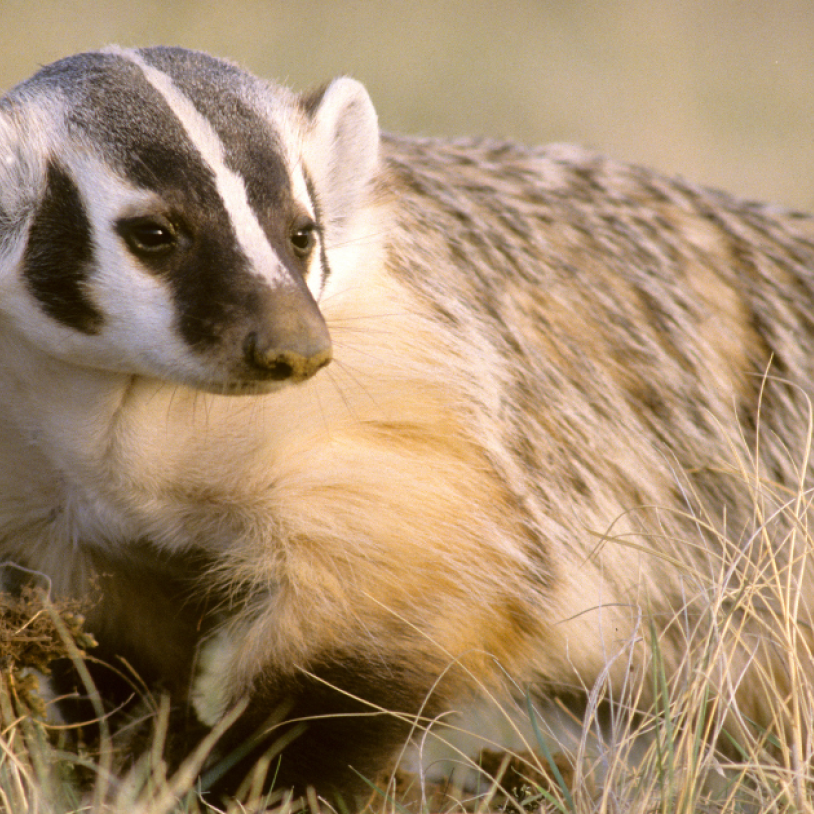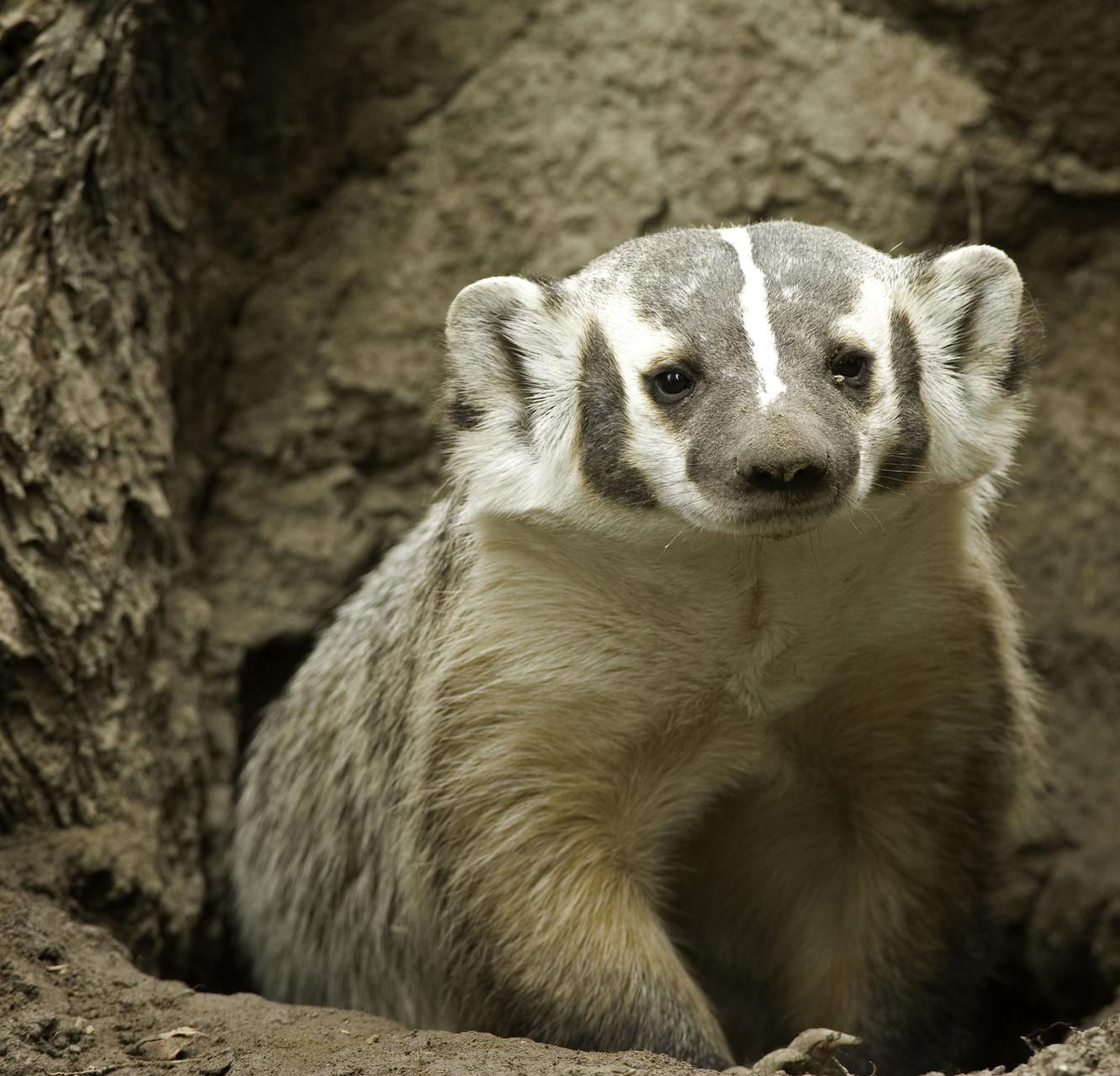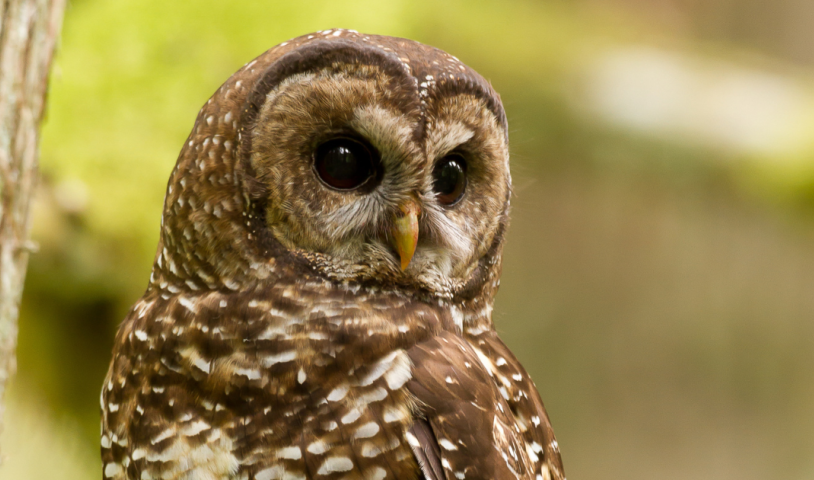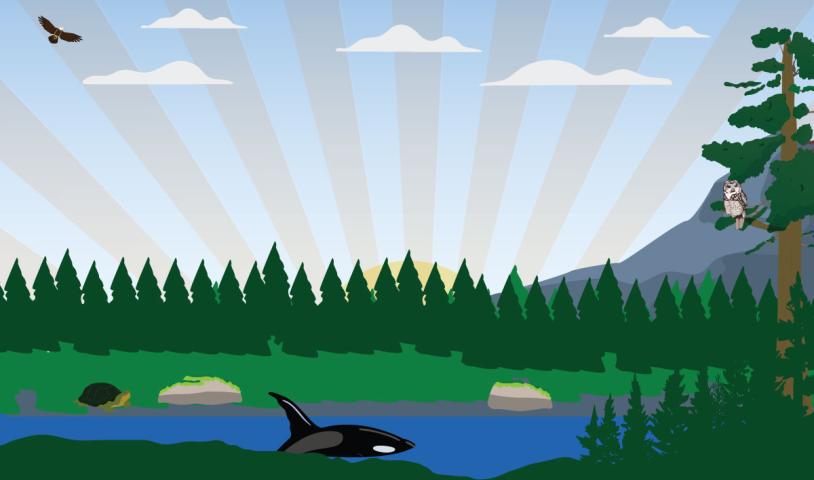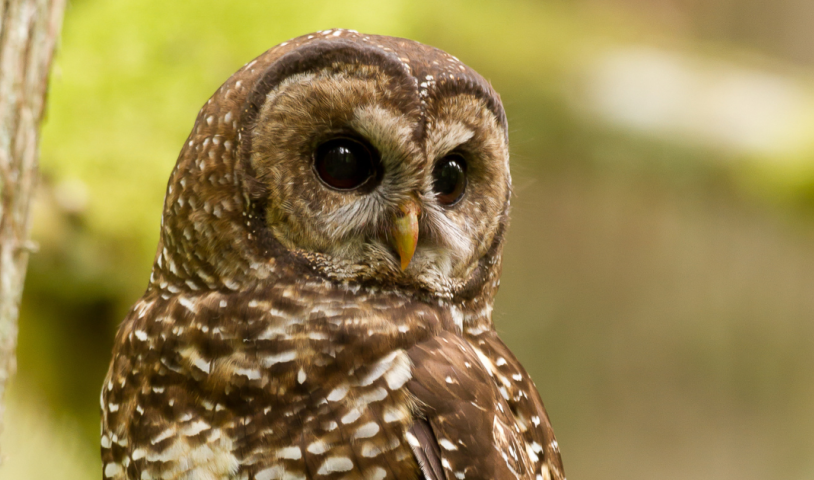Fairy Creek logging: A microcosm of species decline
Tuesday, August 31, 2021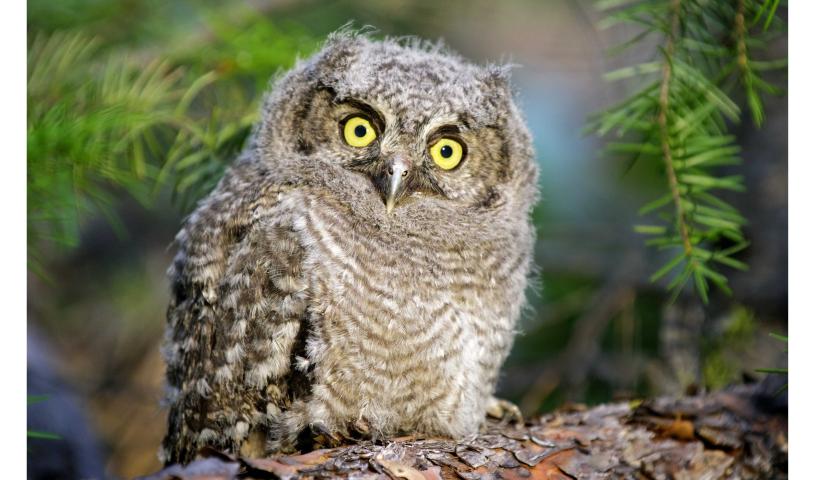
Orbs of cotton-like fluff nestle into a hollowed-out tree cavity formed by a woodpecker. These baby western screech-owls are vulnerable during the breeding season from March to August, as are most other birds near Fairy Creek. Adult western screech-owls may abandon their nests if there’s too much disturbance nearby.
Elsewhere, globular shadows flail overhead. Maybe they’re footballs, maybe penguins. These are just two descriptions of encounters with endangered marbled murrelets in Fairy Creek. They’re more built for life in the sea, and it shows when they come torpedoing into their nests in the late evening. When people see marbled murrelets in the forest, it’s a sure sign they’re nesting nearby.
While in the rainforest surveying for species living amongst old-growth, I hear a distinct call of what sounds like: “quick, three beers!” My eyes dart around, landing on the threatened olive-sided flycatcher perched on a branch. I also keep watch for threatened northern goshawks who have federally identified nests within Fairy Creek.
The Fairy Creek watershed in unceded Pacheedaht Territory on southern Vancouver Island has become a household name. Thousands of activists block logging company, Teal Jones, from destroying old-growth forests. With more people than usual in the area for over a year, sightings of at-risk species are growing, along with our understanding of the importance of these forests.
Reversing extinction and combating the sixth mass extinction requires knowledge of where at-risk wildlife is living. The next step is protection — or at least, it should be. In B.C., that second step rarely happens. The lack of laws and patchwork of ineffective ones leave species vulnerable, falling through policy gaps that one day may lead to extinction.
While parts of the Fairy Creek watershed are set aside or temporarily deferred, logging continues in ancient forests surrounding it where at least three federally listed species at risk have been confirmed. The Wildlife Act, the federal Species and Risk Act and the federal Migratory Birds Act have failed to protect the species mentioned above.
The various laws do not consider the ecology of the species they’re meant to protect. For most bird species, the Wildlife Act only protects a nest if it’s occupied. The problem is most birds build their nests in hidden locations. They build nests meant to be undetectable to an eagle, a species with eyesight eight times better than humans.
Another reason these laws fail is that they are only as strong as the will of the politicians in power. The federal Species at Risk Act only automatically applies to federal land and almost always fails species at risk found on provincial land. While habitat protection is supposed to happen if species at risk are found on provincial land, this is entirely dependent on political will. Protecting habitat by making resource corporations change their plans is not on the priority list for any political party.
The Migratory Bird Act is similar to the other laws: no nest, no protection. It’s slightly stronger because nest protection automatically applies on provincial land. But only certain birds are on the list, and the elusive evidence of a nest is needed, so this act has failed at-risk birds throughout forests in B.C.
Living in the ancient forests around Fairy Creek are at least four species or subspecies that are on the federal species at risk list. This doesn’t include over 300 other species identified in and around Fairy Creek. Still, we see no urgency from the B.C. government to protect them. If this isn’t enough to pause logging at least during the most sensitive nesting time, what is?
We have the evidence — species at risk rely on or nest in these forests. They are vulnerable to chainsaws and heavy machinery, especially during breeding season. The provincial government is failing to respond appropriately to the biodiversity crisis, which is an acute example of that. They’re turning their back on endangered wildlife that fly back to unrecognizable fallen forests that were once their home.
In some ways, the species at risk around the Fairy Creek watershed are relatively lucky — the events playing out have made them seen and known. Often forests fall that are home to undetected species, and their unknown presence means local extinction happens silently.
But now, extinction is loud. Giant machinery crashing through the rainforest and RCMP helicopters circling overhead silence the squawks of small birds flying overhead to their nest for what might be the last time.
The provincial government has all the information. They know their rubber stamps on old-growth logging contribute to extinction. Still, corporate profits and stumpage revenue are too intoxicating for the government to pass up. It’s time they understand you can only cash in on an 800-year-old tree once, while extinction is forever.
